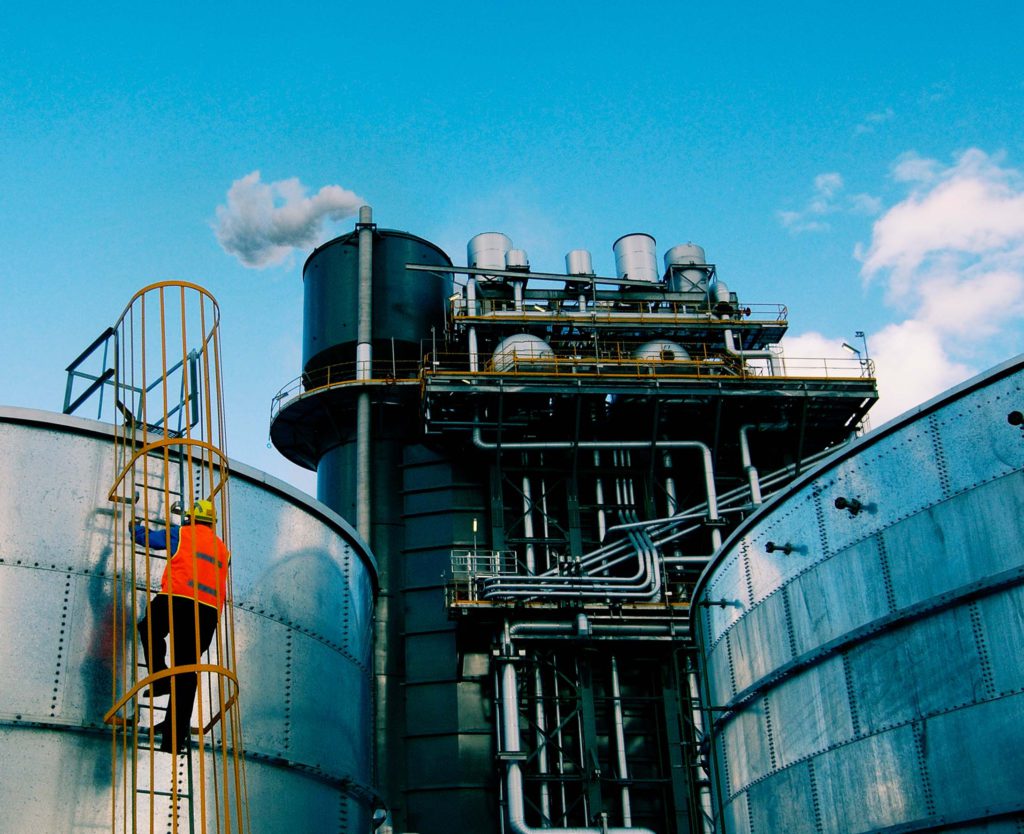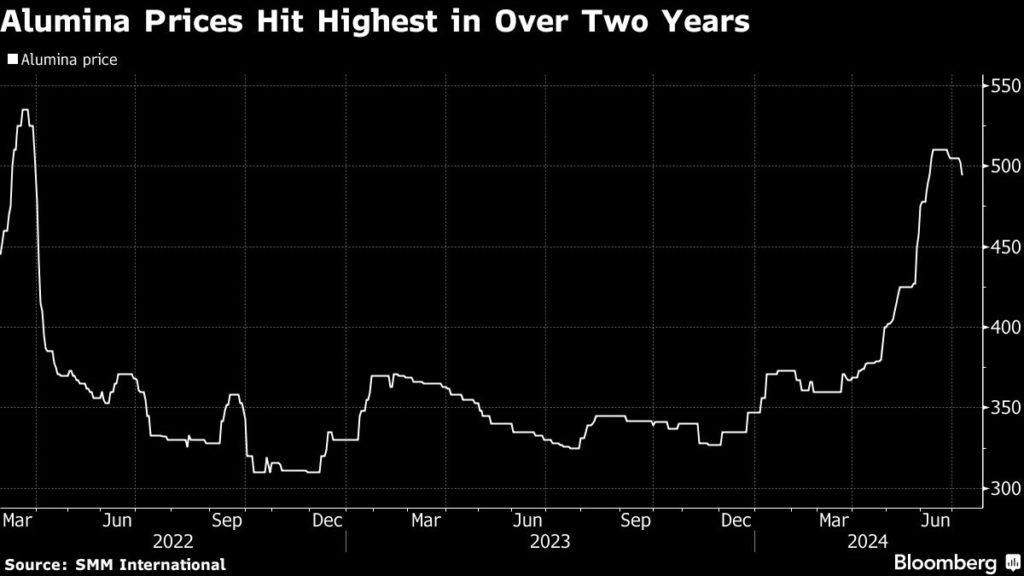Chinese alumina producers increase output after surge in prices

Chinese alumina producers are boosting output to take advantage of the highest prices in more than two years.
Prices for alumina, the main feedstock for aluminum smelters, reached $510 a ton in Western Australia on June 13, the highest since March 2022, according to SMM International. They’ve climbed more than 40% this year as alumina supplies were disrupted.
Those price gains are spurring alumina production in China, with new projects in Shandong, Chongqing, Inner Mongolia, and Guangxi due to come online in the second half of this year, according to Monte Zhang, managing director of AZ Global Consulting. That could generate a surplus in the next 18 months as more capacity is also added in Indonesia and India.
“Chinese alumina companies are motivated to produce,” Zhang said.

The looming rebound in alumina supply comes after disruptions in both China and Australia over the past 12 months boosted the market.
Alcoa Corp. announced it was shuttering its Kwinana alumina refinery — with an annual capacity of 2.2 million tons — in Western Australia in January. In May, Rio Tinto Group declared force majeure on alumina cargoes from its refineries in Queensland, Australia, because of regional gas shortages.
That supply squeeze helped send prices of aluminum on the London Metal Exchange to a 23-month high, and is driving up production costs for the lightweight metal in China.
As the tight supply unwinds, prices are likely to decline toward the marginal costs of alumina production, which is around the mid-$300-a-ton range, according to Colin Hamilton, managing director of commodities research at BMO Capital Markets
Ross Strachan, an analyst at CRU Group, concurs.
“Barring a further supply shock, we should expect the spell of sharp increases has now ended,” he said by email. “In fact, we expect prices will drop back appreciably later this year as alumina production recovers.”
Morgan Stanley analyst Amy Gower injects a note of caution, saying that China has indicated that additional alumina refinery capacity should be strictly controlled. That could potentially impact the market balance.
“Alumina volume growth in the long term could be limited,” Gower said in a note. “If China stopped growing, the alumina market would likely be in a persistent deficit.”
(By Guillermo Molero)
{{ commodity.name }}
{{ post.title }}
{{ post.date }}

Comments